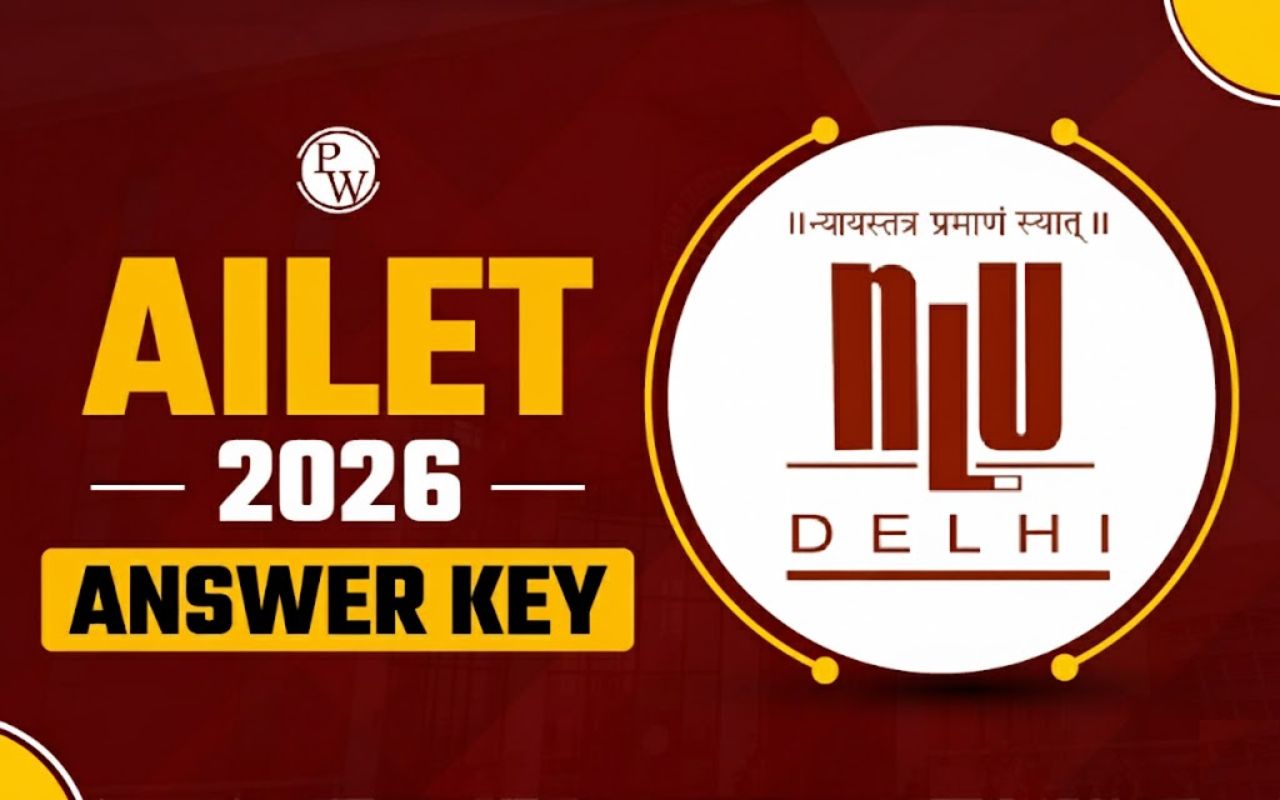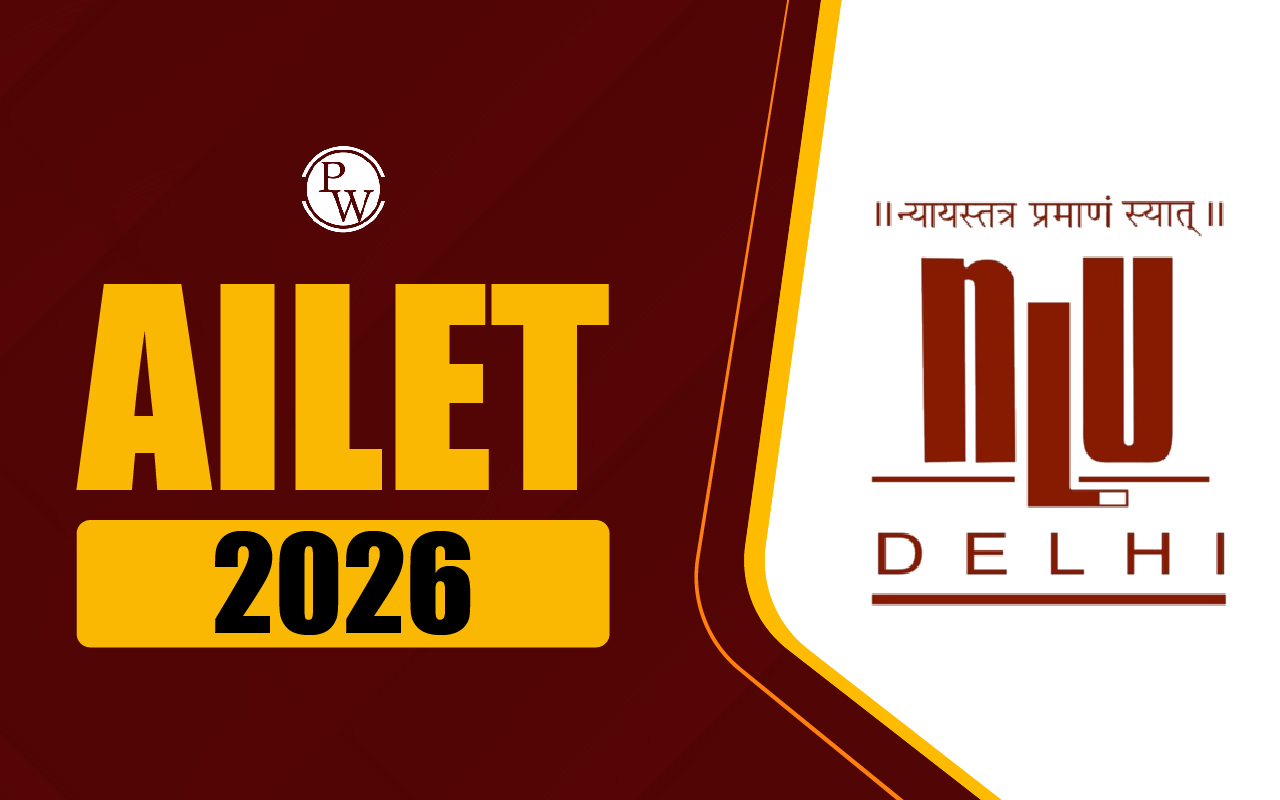
CLAT Statement & Conclusion Practice Questions & Answers: The Statement & Conclusion Questions for CLAT 2025 account for almost 20% of the paper. It is the most important part of the logical reasoning section for the CLAT 2025 exam. The questions are curated to assess the candidate's logical and critical thinking skills. The questions are based on conclusions and inferences drawn from the statements provided. This skill comes in handy in the legal profession where facts and data are often manipulated to support arguments.
What Do You Mean By Statement and Conclusion Questions for CLAT 2025?
The Statement and Conclusion questions for CLAT 2025 are based on logical reasoning. In this type of question, some statements are presented followed by a logical conclusion. Candidates have to choose the most appropriate conclusion based on the data provided in the statement. Candidates have to comprehend the statement to derive the most appropriate conclusion. In some cases, the conclusion can be direct, while in some cases it can be indirect, making it hard to derive data. There may be some questions also, where more than one conclusion follows, or sometimes all may follow. It may also happen that neither of them follows. To draw a proper conclusion, candidates have to focus on enhancing their analytical skills to comprehend the statements properly. Read More: CLAT Registration 2025 (Started)Types of Statement and Conclusion Questions for CLAT 2025?
There are several types of Statement and Conclusion Questions asked in the CLAT 2025 exam. However, the questions are categorized into two major types. These are explained below.-
Type 1: One statement is followed by two conclusions
For example:
Statement: All mammals have hair on their bodies.
Conclusion: 1) Dogs do have hairs on their bodies
2) Snakes do not have hair on their bodies- If only conclusion 1 follows
- If only conclusion 2 follows
- Both follow
- Neither follows
Answer: 1) Dogs do have hairs on their bodies
Explanation: The statement is a categorical assertion about mammals and their characteristic of having hair. The first conclusion directly follows from the statement because dogs are mammals, and according to the statement, all mammals have hair on their bodies. Therefore, it is a logical conclusion. However, the second conclusion does not logically follow from the statement. The statement specifically talks about mammals and does not provide any information regarding non-mammals like snakes. The snake is a reptile and the statement does not provide any information regarding it. Therefore we cannot conclude that snakes do not have on their body.
-
Type 2: Two or more statements and conclusions
For Example:
Statement I: If it rains, the ground gets wet.
Statement II: It is raining outside
Conclusion: 1) The ground is wet.
2) It is cloudy outside.- If only conclusion 1 follows
- If only conclusion 2 follows
- Both follow
- Neither follows
- If either 1 or 2 follows
Answer: a) If only conclusion 1 follows
Explanation: Statement I presents a conditional relationship that establishes a cause-effect dynamic between rain and wet ground. Statement II provides a factual assertion that it is currently raining outside. Conclusion 1 logically follows from both statements, stating the fact that the ground is wet due to the rain. Conclusion 2 does not logically follow from the given statements. Neither statement states anything about the sky being cloudy or not.
Read More: Is CLAT Tough? A Comprehensive Analysis and Expert Opinions
Solved Sample Statement and Conclusion Questions for CLAT 2025
Some previous year's Statement and Conclusion questions are given below to give candidates some insights about the different patterns of questions.Q.I) Statement: All humans are mortal.
Conclusion: 1) Socrates, who is a human, is mortal.
2) All mortals are human- If only conclusion 1 follows
- If only conclusion 2 follows
- Both follow
- Neither follows
- If either 1 or 2 follows
Answer: a) If only conclusion 1 follows
Q.II) Statement: All planets in the solar system orbit around the Sun.
Conclusion: 1) Earth orbits around the Sun.
2) The moon, which orbits Earth, orbits around the Sun.- If only conclusion 1 follows
- If only conclusion 2 follows
- Both follow
- Neither follows
- If either 1 or 2 follows
Answer: a) If only conclusion 1 follows
Read More: CLAT Latest Updates 2025Q.III) Statement: All students who study hard get good grades.
Conclusion: 1) Sarah who studies hard gets good grades.
2) All students who get good grades study hard.- If only conclusion 1 follows
- If only conclusion 2 follows
- Both follow
- Neither follows
- If either 1 or 2 follows
Answer: a) If only conclusion 1 follows
Q.IV) Statement: If an animal is a dog, then it barks.
Conclusion: 1) Max is barking, he must be a dog.
2) All mammals that bark are dogs.- Both follow
- If only conclusion 2 follows
- If only conclusion 1 follows
- Neither follows
- If either 1 or 2 follows
Answer: c) If only conclusion 1 follows
Q.V) Statement: All squares are rectangles.
Conclusion: 1) All rectangles are squares.
2) All squares have equal sides.- Both follows
- If only conclusion 2 follows
- If only conclusion 1 follows
- Neither follows
- If either 1 or 2 follows
Answer: d) Neither follows
Read More: Quantitative Techniques Study Plan for CLAT 2025Tips to Solve the Statement and Conclusion Questions for CLAT 2025
Some of the tips and tricks to solve the Statement and Conclusion questions for CLAT 2025 are discussed below.- Familiarize yourself with the structure of statement and conclusion questions. Recognize that the statement provides a premise, and conclusions are drawn based on that premise.
- Focus on whether the conclusion logically follows from the statement provided, rather than on the truth of the statement.
- Base your conclusions solely on the information provided in the statement. Avoid bringing external knowledge or assumptions that are not explicitly stated.
- Be cautious of conclusions that are extreme or go beyond what is stated in the statement. Such conclusions are less likely to be valid.
- Pay attention to the wording of both the statement and conclusions. Misinterpreting the statement can lead to incorrect conclusions.
- Do not do guesswork. Since the paper contains negative markings, avoid marking the answers until you are fully sure.
CLAT Statement & Conclusion Practice Questions & Answers FAQs
What is the statement and conclusion in CLAT?
What are the five subjects that are included in the CLAT 2025 syllabus?
What are the registration fees for the CLAT 2025 exam?
What is the expected difficulty level of the CLAT 2025?









